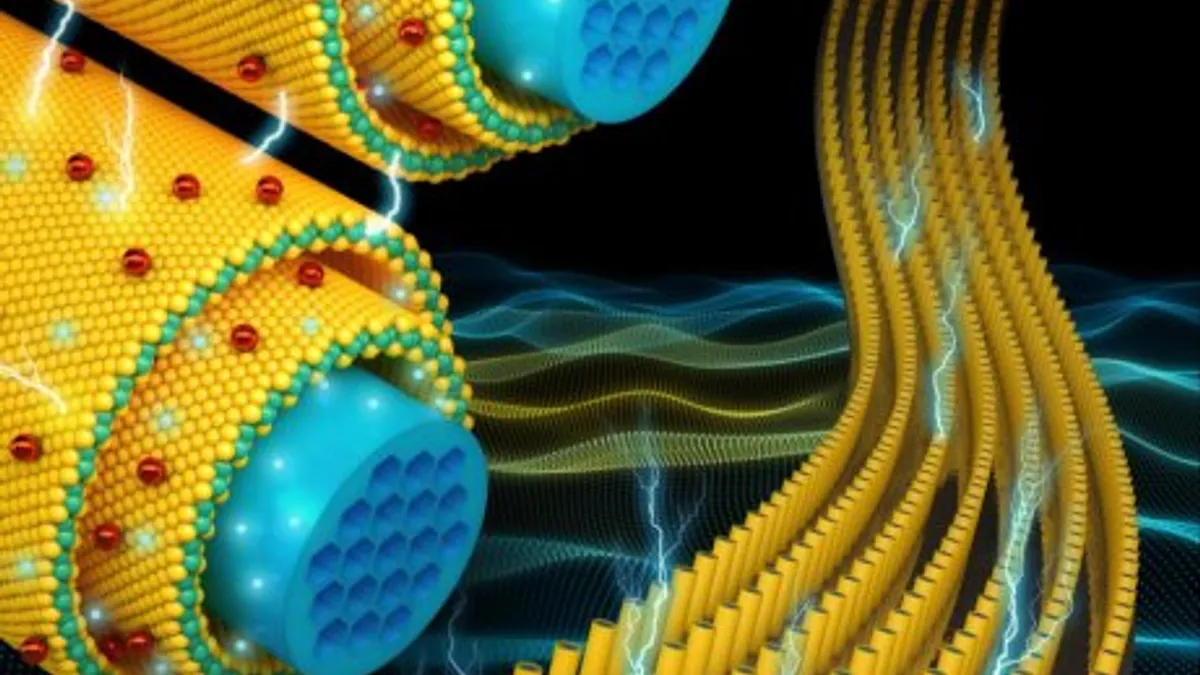Dive Brief:
-
University of Central Florida (UCF) scientists have developed a process for creating flexible supercapacitors that can store more energy and be recharged more than 30,000 times without degrading.
-
The supercapacitors are composed of millions of nanometer-thick wires coated with a two-dimensional materials, Science Daily reports. The highly-conductive core facilitates fast charging and discharging, while the outer shell yields higher energy and power densities.
-
The technology could be used in applications as varied as mobile phones and electric vehicles and storage devices coupled with solar panels.
Dive Insight:
Lithum-ion batteries have become the workhorse of energy storage, but they have problems. They are heavy, relatively expensive and can pose a fire hazard.
That is why scientists are exploring new technologies to either improve li-ion chemistry or to replace them altogether with supercapacitors for some applications.
A supercapacitor that holds as much energy as a li-ion battery would have to be very large, but nanotechnology opens a possible solution to that problem.
Science Daily reports scientists at UCF’s NanoScience Technology Center may have just advanced the campaign through their experiments with new two-dimensional materials only a few atoms thick.
While there have been issues in incorporating two-dimensional materials into existing supercapacitor designs, Yeonwoong "Eric" Jung, a UCF professor, told the outlet their new "chemical synthesis approach" can "nicely integrate the existing materials with the two-dimensional materials."
Some researchers have also used graphene, a form of carbon, in supercapacitors, but they have had limited success.
Jung said the supercapacitor research, published in the journal ACS Nano, is a "proof-of-concept demonstration, " and that the technology is not ready for commercialization.














